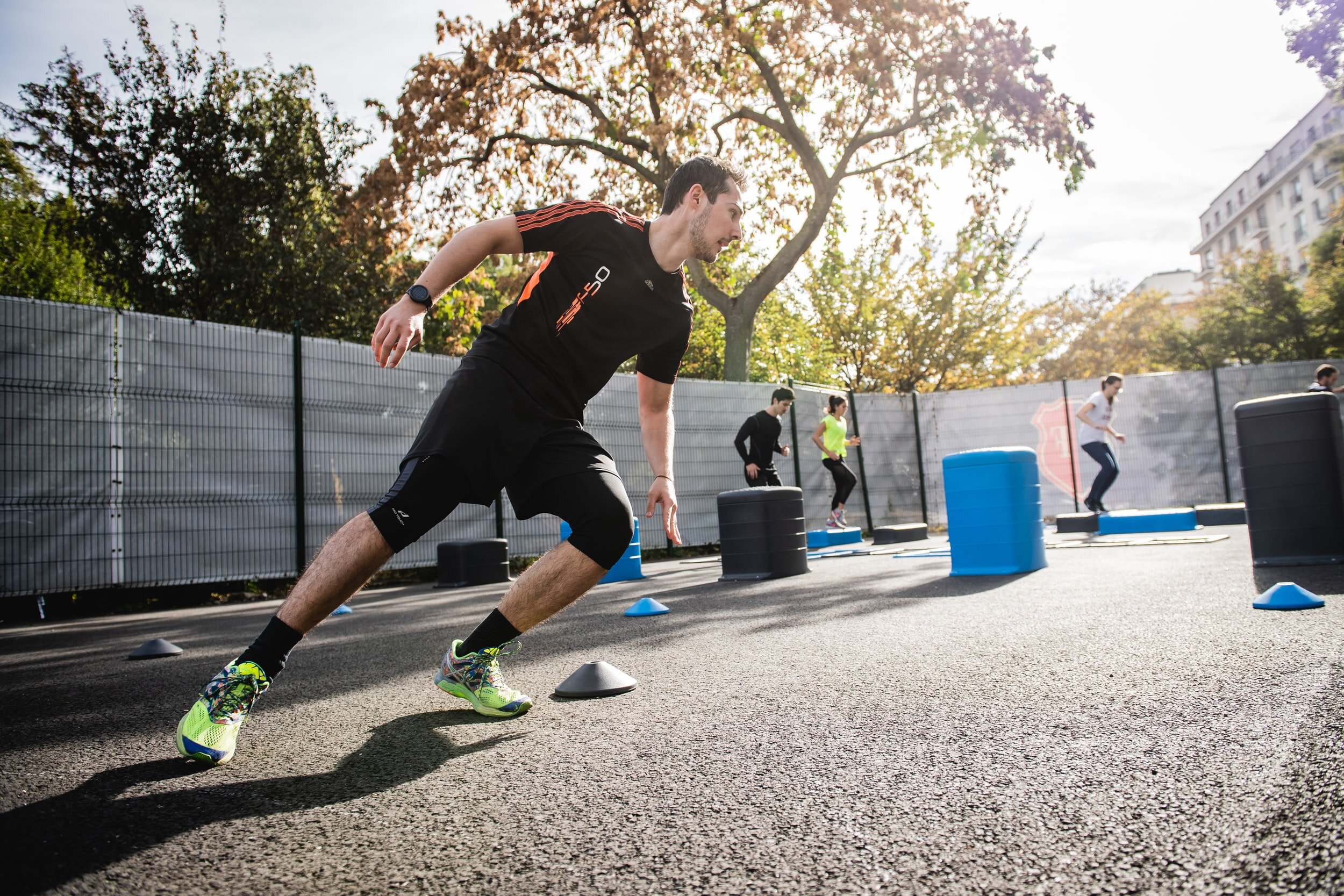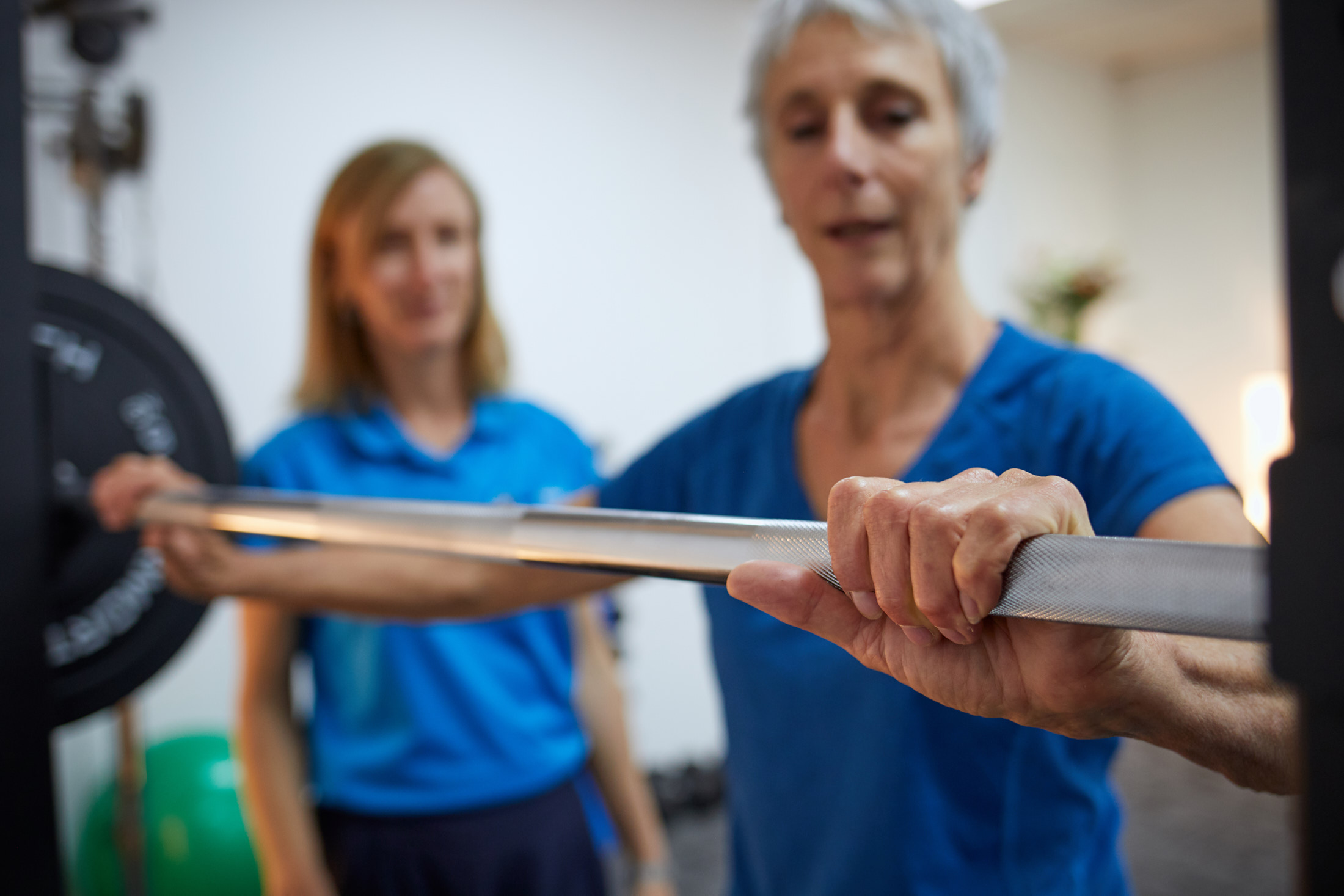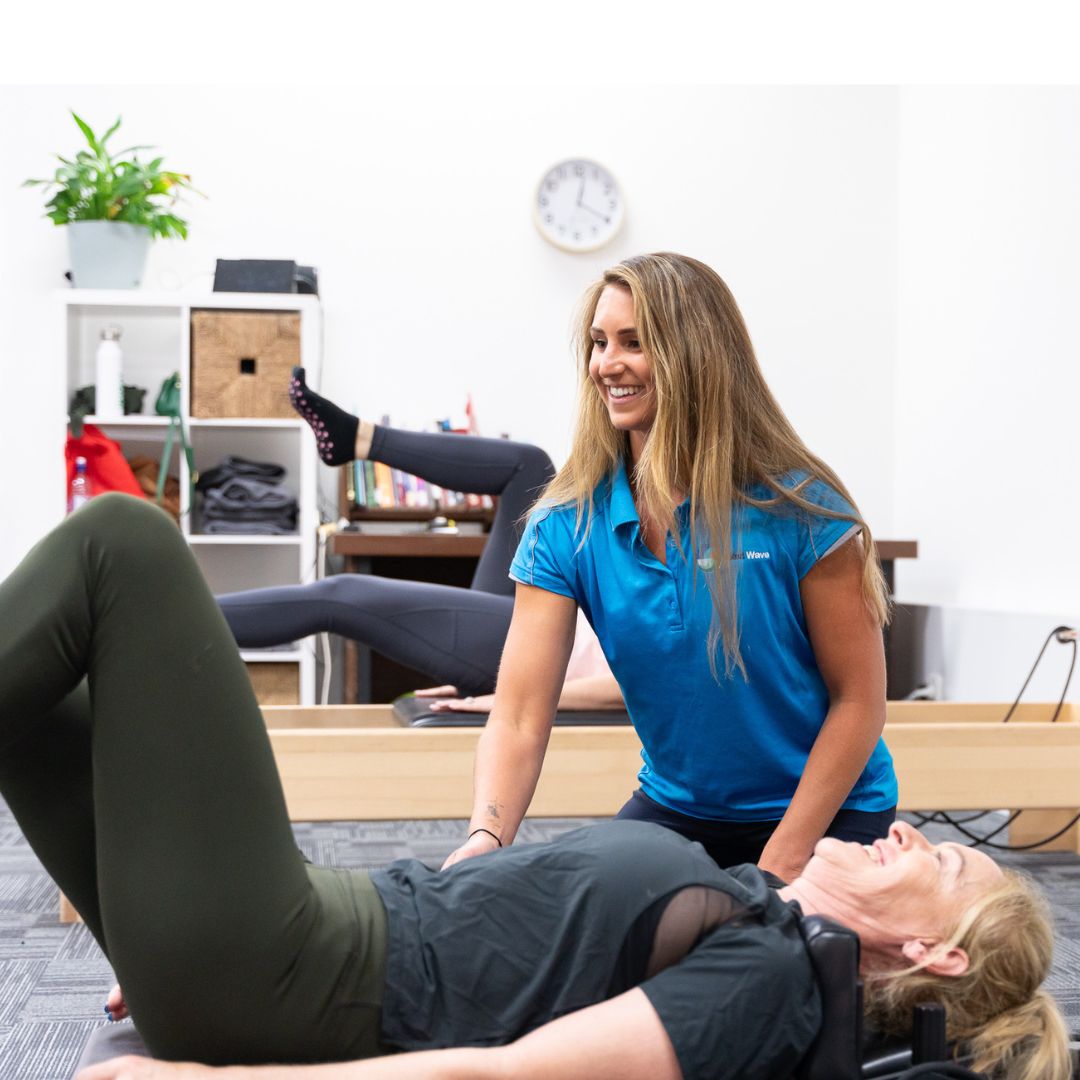Return to Sport After Injury: Physiotherapy Rehab
It is common knowledge that after you sustain an injury on the sporting field, there are a number of stages you must progress through on your journey back into sport. You cannot sit on the sidelines for 3-6 weeks then expect to jump back onto the field with no concerns. If you did, your performance would be greatly impaired, and you would most likely injure yourself again.
Slowly (but still not enough), recreational athletes have begun to understand the importance of a good rehabilitation process which begins as soon as the injury starts. However, despite great gains in this area, there is still one incredibly important factor which cannot, but does, go overlooked.
Speed kills… but is it the speed… or not being able to stop before the brick wall?
The basics of return to sport
When injuries occur, affected muscle groups experience impairment in all their characteristics.
Anatomically, muscle injuries take 3 weeks to heal.
There is no way to speed that up. And whilst not every muscle will experience the same extent of ‘good’ healing in this time (which is subject to many factors ranging from what you did immediately post injury, to what you got the injured muscles to do over this 3-week period), there will generally be no more healing that occurs after 3 weeks. That is when the body winds down the healing process.
This does not mean that the job is done there! It does however mean that when you experience a muscle injury, that you never return to sport in any less than 3 weeks.
When the muscle heals, it will heal to a level that is acceptable based on your body’s current performance needs. If your performance has been sitting on the sidelines for 3 weeks… then your muscles will be performing at a level required to sit on the sidelines. So, unless your sport only involves sitting on the sidelines… you will not be ready to come back to play.
Characteristics of muscles you will need to train during your rehabilitation process:
-
Control- Can your muscles activate when they need to, in the way that they need to
-
Strength- Are your muscles able to generate sufficient force for your task
-
Power- How quickly can your muscles generate force
-
Endurance- How long can your muscles continue to perform at a sufficient level
By working on these 4 domains, you will give yourself a fighting chance at successfully coming back from injury… BUT how much in common does a quiet (or not so quiet) gym have with a loud, raining, cold rugby field where there are 15 large humans trying to tackle you? It is not the same.
You have trained the characteristics that underpin muscle performance, which is a great start. However, now you need to train your muscles to be able to perform high level coordinated efforts specific to your sport.
The one common coordinated effort
What do AFL, soccer, netball, hockey, rugby, tennis, and basketball all have in common?
Stopping
The ability to stop quickly and effectively is one of the most overlooked elements to competing in sport. It is also arguably one of the most important when we think about injuries such as ACL injury in the knee.
Stopping does not just include coming to a standstill from running but is also important for change of direction. Anytime that you run and change direction, you will use one leg to absorb all the force you have generated in your current direction, so you can then propel yourself in another… that takes a great deal of stopping force. If you do not train your ability to stop during your return to sport journey, then you are exposing yourself to an increased injury risk.
So how do we get better at stopping?
-
You must get strong. To absorb large forces to stop, you need to be able to generate an equally large force
-
You must have power, or be able to produce that force quickly.. It is important to remember though that you must have a very high base level of strength before you begin to train your power, so the order of this is important.
After you have achieved a sufficient level of both strength and power you can begin to work on your stopping ability.
This can begin as something as simple as completing a long jump and landing still and trying to stay still for 3 seconds. But obviously in sport you experience a number of different forces coming in different directions and magnitudes. So, you will need to get creative in performing exercises that expose you to lots of different forces. From here you just must progress the difficulty of your exercises, maybe add a run up before your long jump so you gain extra distance.
Overall training your ability to stop can be quite challenging initially until you learn a few fundamentals.
It really is unlike training other systems in your body such as strength for example. However, it is an important part of any athlete’s return to sport journey, which is a lot of fun to train also.
Sports Physiotherapy
If you are currently on your journey back into sport after sustaining an injury, or even if you would like to develop yourself to reduce your risk of injury in sport, a physiotherapist can help.
Sports Physiotherapy at Next Wave Therapy provide targeted rehabilitation for:
-
return to sport after injury
-
reducing injury risk on the field
-
optimising performance
-
building safety and strength in movement
-
addressing niggles, aches and strains before they become a problem
Rehabilitation from sports injury begins with a comprehensive assessment. This assessment determines the specific needs of muscle repair and exercise rehabilitation but also considers all the factors (on and off the field) contributing to your injury risk.
For more information contact Next Wave Therapy 08 93376460 to make an appointment or book a free 15 minute discovery session to speak with Zac about your injury and whether he can help you.
Written by Zac Betts
Copyright © Next Wave Therapy
Physiotherapist Zac Betts is a sports master’s candidate at Curtin University with extensive knowledge in sporting performance and rehabilitation.. He has competed at a high grade in his own sport for many years and is currently the physiotherapist for the state men’s hockey team the Thundersticks. He has also completed courses in advanced strength and conditioning for field athletes.







